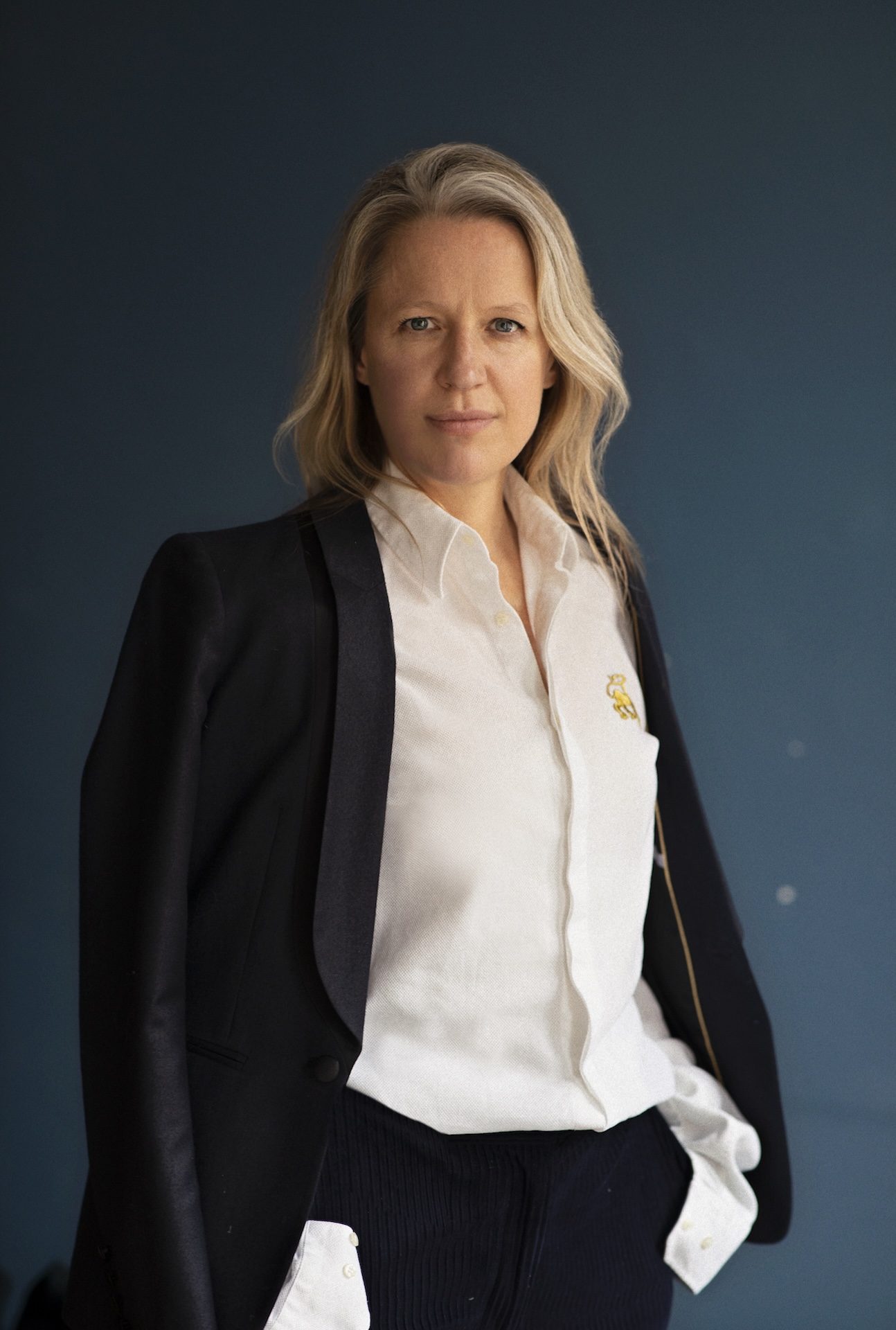

Interview Brett Rogers OBE, director of The Photographers’ Gallery
Founded in 1971, TPG was the first publicly funded gallery dedicated solely to photography in the UK. Over the past 50 years (it celebrated its milestone anniversary last year), it has tirelessly promoted photography in all its myriad forms. Since joining the Gallery, fresh from the British Council – where she was responsible for establishing its Photography Collection and curating an ambitious programme of international touring exhibitions on British photography – Rogers has helped to champion the next generation of talent and help TPG to continue to be recognised an as an innovator within the field.
In recognition of her role, she was also made a Visiting Fellow by the University of the Arts London in 2013 and was the recipient of The Royal Photographic Society’s Outstanding Contribution to Photography Award in 2018. Her latest project hopes to make photography more accessible than ever on the streets of London. Here, she discusses changing attitudes to photography, how she first become fascinated by the medium and why her father is her Monday Muse.
THE WICK: Talk us through a typical Monday.
Brett Rogers: It takes many forms but is most satisfying when it involves visits to artist studios to discuss forthcoming shows or check in on what they’ve been up to. It can also involve meetings at the gallery to discuss upcoming exhibitions. At the moment, we’re having a lot of meetings about a big project launching in April called the Soho Photography Quarter. It’s our opportunity to take everything we do inside the gallery outdoors. My vision for it came about 10 years ago, well before Covid. I wanted to take photography out into the streets, so people could appreciate it and see the works for free, 365 days a year. When this project launches, it will be in pedestrian-only zones – we’ll have a 45m-long art frieze outside featuring photography, banners across the streets and projections in the evening. It’s very ambitious — I call it my Turbine Hall.
TW: Who is your Monday Muse?
BR: My father. He is 95 and a very well-known Australian broadcaster. Everyone asks me where I get my energy, enthusiasm and vision, and I have to credit that to my parents, and particularly him. He started working in radio as a tea boy at the age of 15 and rose to become one of Australia’s most important broadcasters. He worked every day until retiring at the age of 94. I take inspiration from his stamina, professionalism and passion for what he did.
TW: What sparked your love of photography?
BR:
Growing up in Australia in the Sixties, I never went to museums or exhibitions. I didn’t come from an art background. But there was a very wonderful Australian philanthropist called John Kaldor who brought amazing artists to Australia, such as Gilbert & George. When I saw that work in the public realm, it astonished me and turned me onto contemporary art. At the age of 17 or 18, I had a friend whose partner worked as the photographic librarian at the State Library of New South Wales, and he took me into the depths of the museum one day and my eyes were opened to the beauty and complexity of 19th century photography.
I read Fine Art at university and was lucky to get a traineeship for an organisation that was tasked with organising touring exhibitions to travel around Australia. I learned on the job — I didn’t study photography, because it wasn’t offered at the universities, and when I got to The Courtauld in the Eighties, I was told I couldn’t just study photography, because it wasn’t considered an art form then. I had to teach myself everything. Luckily, things have evolved a lot since then.
TW: What have been the most exciting changes you’ve seen at The Photographers’ Gallery during your tenure?
BR: I was very lucky to join the gallery at a time when photography was exploding because of the mobile phone revolution and the idea of everyone becoming a photographer. It was wonderful because it made photography accessible to everybody. We were fortunate that people came into the gallery with that attitude. To this day, there aren’t the same barriers for people coming into The Photographers’ Gallery as there might be walking into a contemporary art exhibition. Our programme always combines something I call “challenging”, which is complex or surprising, with something that is purely photography. Right now, for example, we have Helen Levitt’s street photography, which everyone can understand and get joy from, while in the other gallery we have works by Helen Cammock, and there’s not a single photograph in the show, just objects and a video. We’re lucky to be working with such a flexible medium that can be interpreted and used in such different ways. Unlike in the Eighties and Nineties, the fine art world now recognises photography as a legitimate medium, so it’s become much more democratised over the last 20 years.
“There aren’t the same barriers for people coming into The Photographers’ Gallery as there might be walking into a contemporary art exhibition.”













